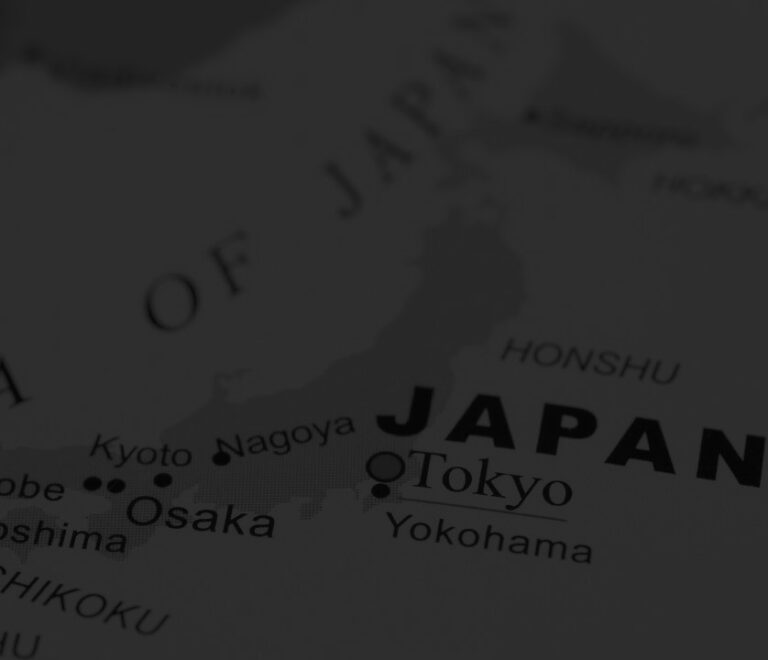Gunma Prefecture
Where is Gunma?
Gunma Prefecture is a landlocked prefecture in the Kanto region of Honshu, the largest of Japan’s main islands.
It borders Niigata and Fukushima Prefectures to the north, Tochigi Prefecture to the east, Saitama Prefecture to the south and Nagano Prefecture to the west.
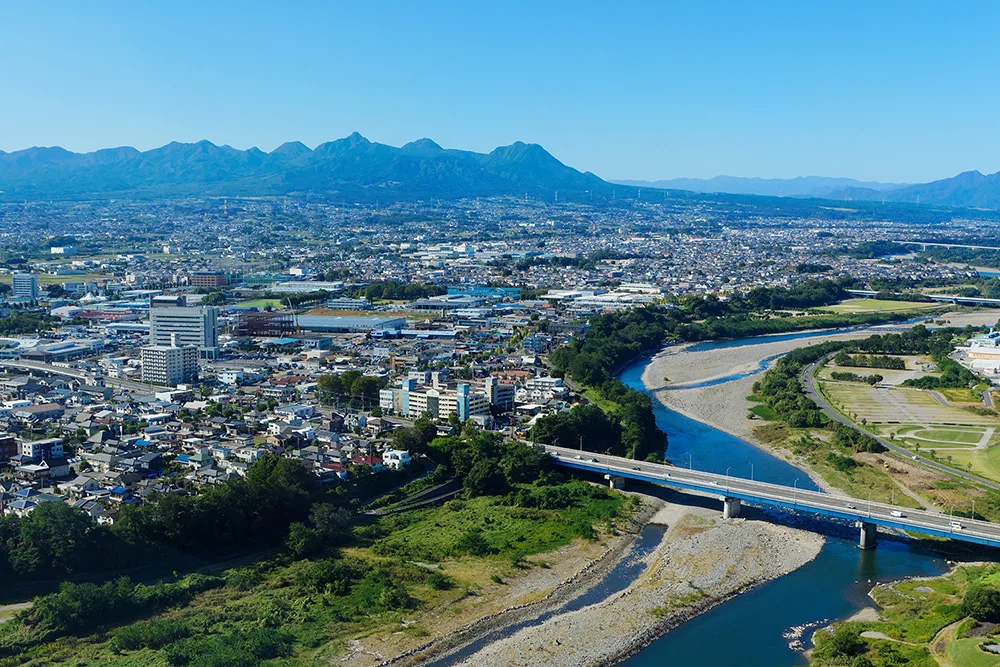
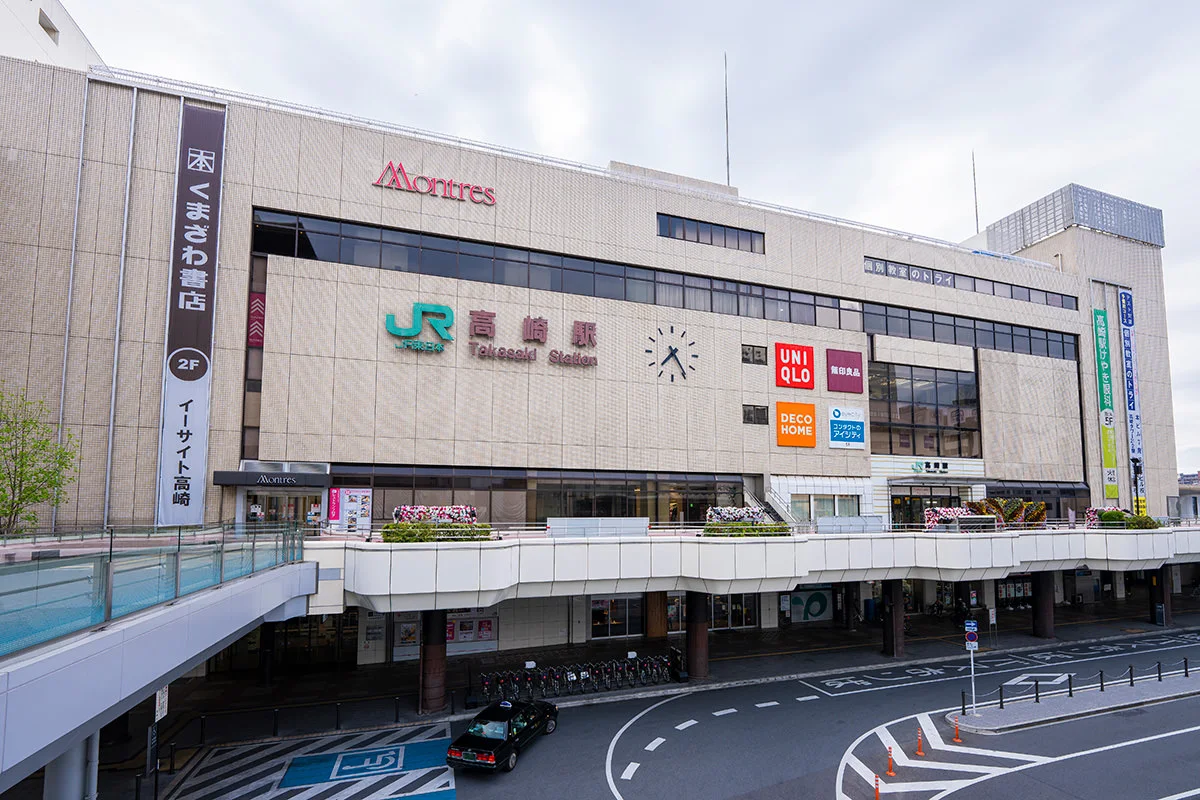
Maebashi is the capital of Gunma, while nearby Takasaki is the largest city in the prefecture.
What is Gunma known for?
Gunma is a largely rural prefecture and is well known for its hot springs (onsen) areas.
Kusatsu, a small town with over 100 hot springs, is home to the famous Yubatake spring – a large hot spring which feeds a number of onsens with mineral water cascading down to them via wooden chute.
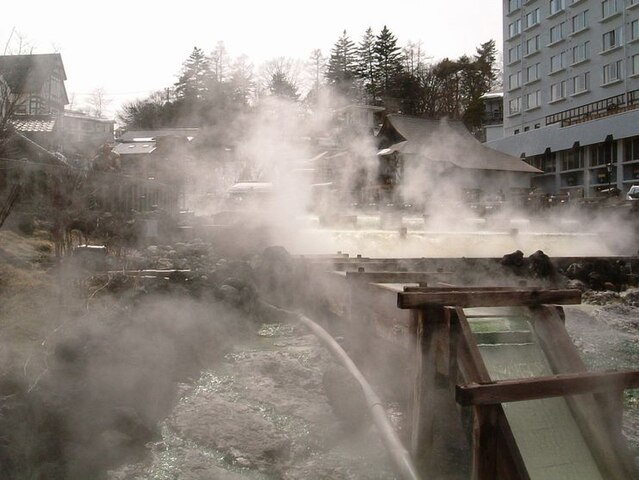
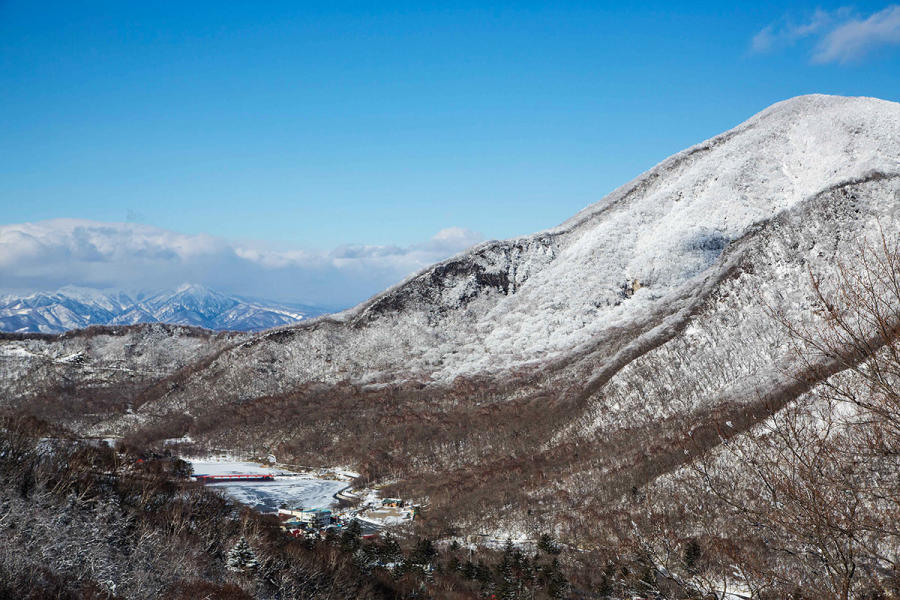
Gunma Prefecture is known to anime fans as the location of street racing/drifting series Initial D. The series was influenced by local car culture and the hairpin turns on mountains such as Mount Haruna and Mount Akagi.
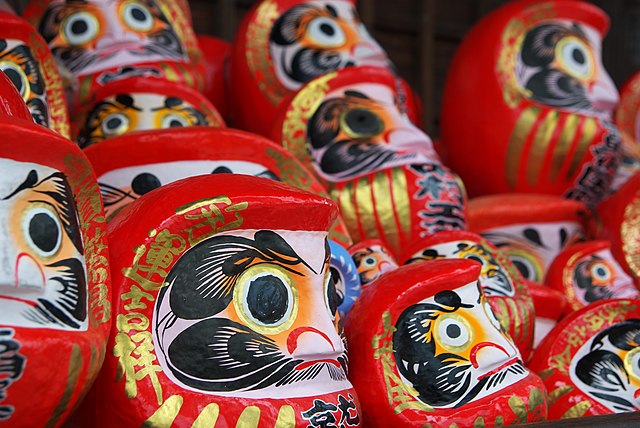
Takasaki is the home of the Daruma doll, a symbol of good luck based on an historical Buddhist monk. It is custom that one eye is painted on the doll when making a wish and the other eye should only be painted once the wish has been granted.
Where should I visit in Gunma?
Kusatsu in the north west of the prefecture is famous for having a large number of onsens. Many hotels or ryokans have onsen facilities and there are many public baths open to visitors.
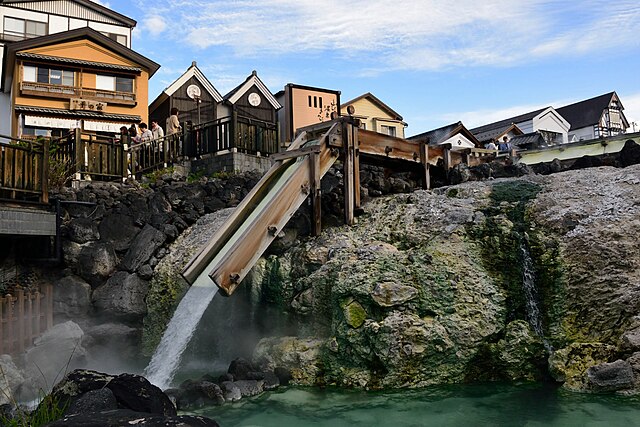
The Yubatake hot spring in the center of Kusatsu releases 5,000 liters of 70°C water per minute, making it Japan’s largest spring.
Water is distributed to a number of baths surrounding it via an elaborate cooling system of wooden chutes.
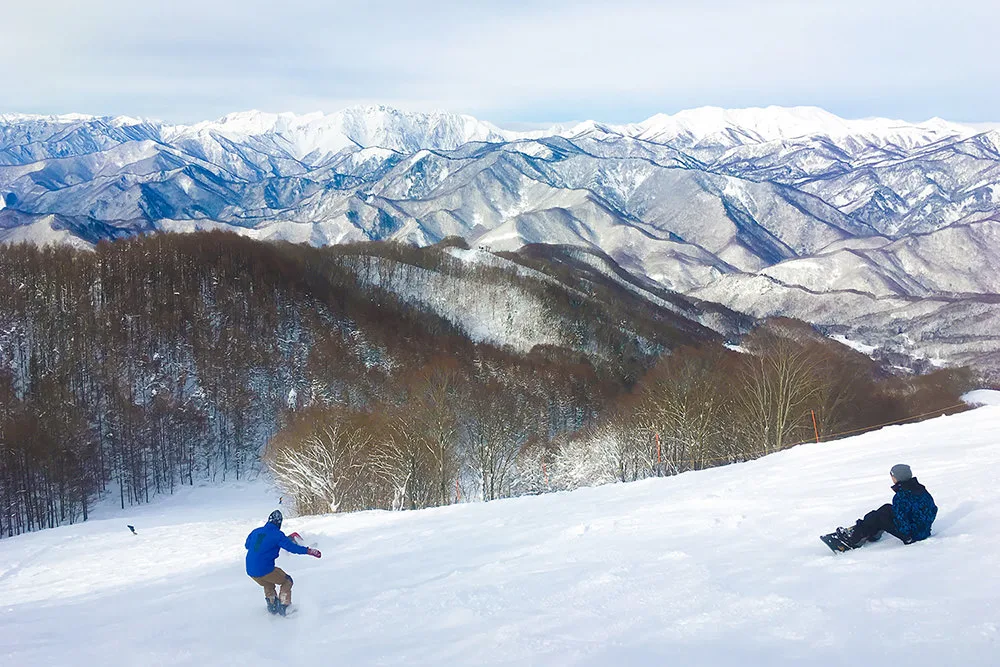
Gunma is also a well known skiing and winter sports area with a number of ski resorts such as Katashina Kogen, Oze-Iwakura and Hadaigi.
The Kusatsu International Ski Area features one of the longest downhill ski courses in Japan.
Takasaki is home to Mount Kannonyama which features an enormous Kannon statue overlooking the city. Visitors are able to enter the statue, which offers views of the city, for ¥200.
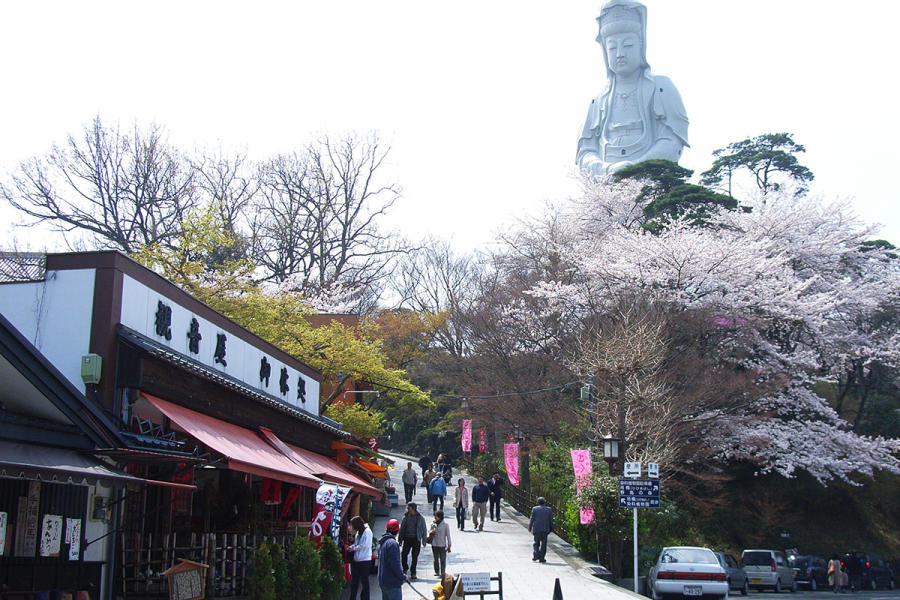

The Shorinzan Daruma Temple near Takasaki is the home of the Daruma doll and features a large number of daruma on display both in the temple grounds and the attached museum.
Mount Haruna, close to Takasaki, is famous due to it being the inspiration for the fictional “Mount Akina”, which is one of the main settings of the anime/manga series Initial D.
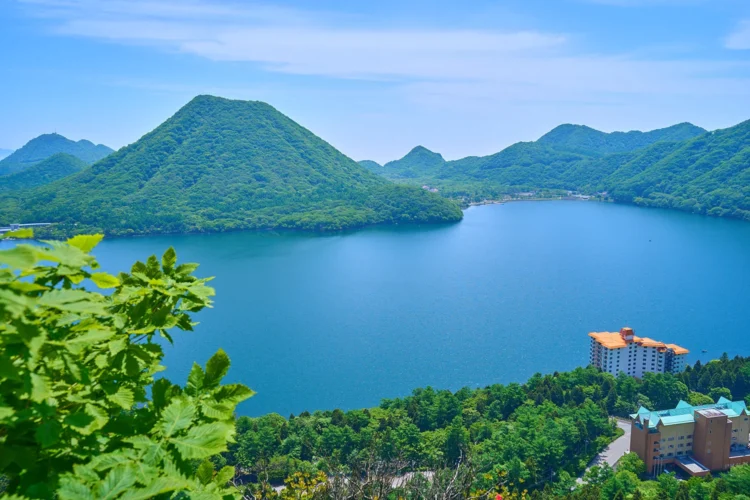
Visitors can reach the lake at the top of Mount Haruna by bus from Takasaki, although many visitors choose to rent a car and experience driving on the mountain themselves.
When is the best time to visit Gunma?
Gunma experiences colder temperatures and heavier snowfall compared due to its mountainous location to the Kanto plains.
Visitors will typically find it best to visit Gunma outside of winter unless remaining in the urban areas of Takasaki and Maebashi.
Spring (April to May) typically features pleasant, mild weather with some rain showers. As with most of Japan, this is the time of year when cherry blossoms are in full bloom.
Summer (July to August) brings warm and potentially humid weather with cooler temperatures in the mountains.
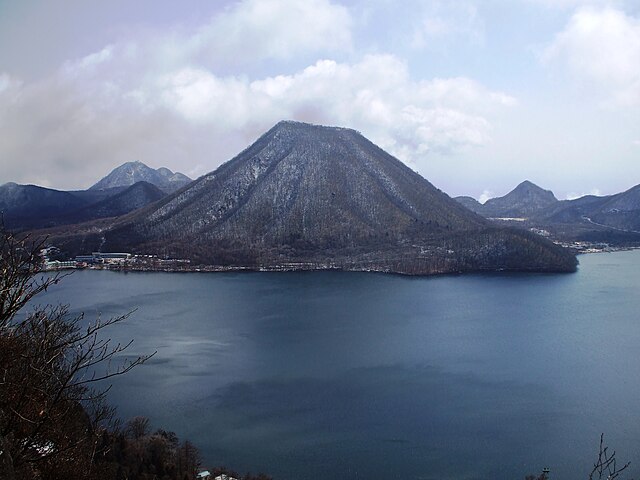
Autumn (September to November) sees broadly mild temperatures across the prefecture as the local foliage starts to exhibit their autumnal colors.
Winter (December to March) can be cold and harsh and brings with it a large amount of snowfall, especially in the mountains.
All Events in Gunma
Tours and Activities in Gunma
None found.
Where should I stay in Gunma?
Your budget, itinerary, and preferred travel style will likely determine where you should decide to stay in Gunma prefecture.
Takasaki and Maebashi all have hotels suited to budget travelers, with a range of budget hotels commonly found in larger cities such as APA Hotel Takasaki Ekimae and Dormy Inn Maebashi Natural Hot Spring.

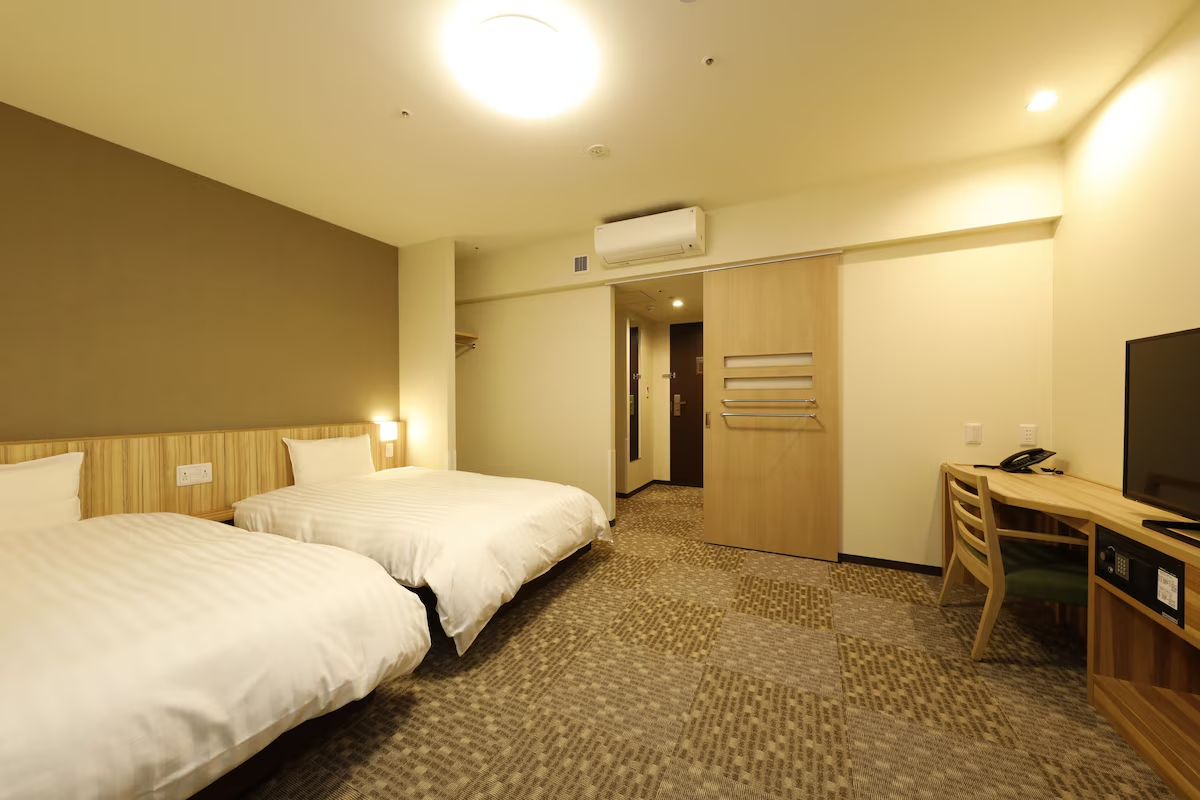
Visitors seeking a luxury stay may find it best to look at onsens, ryokans, resorts or spas in areas located in the Kusatsu area such as Kusatsu Onsen Ediya which offers a modern take on traditional Japanese style rooms.
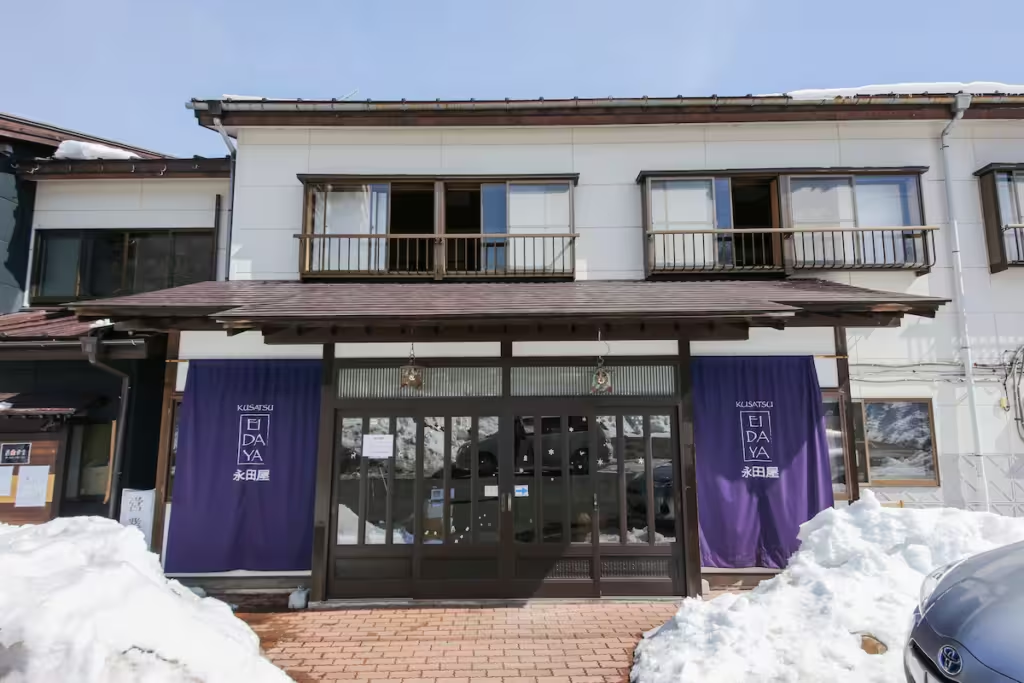
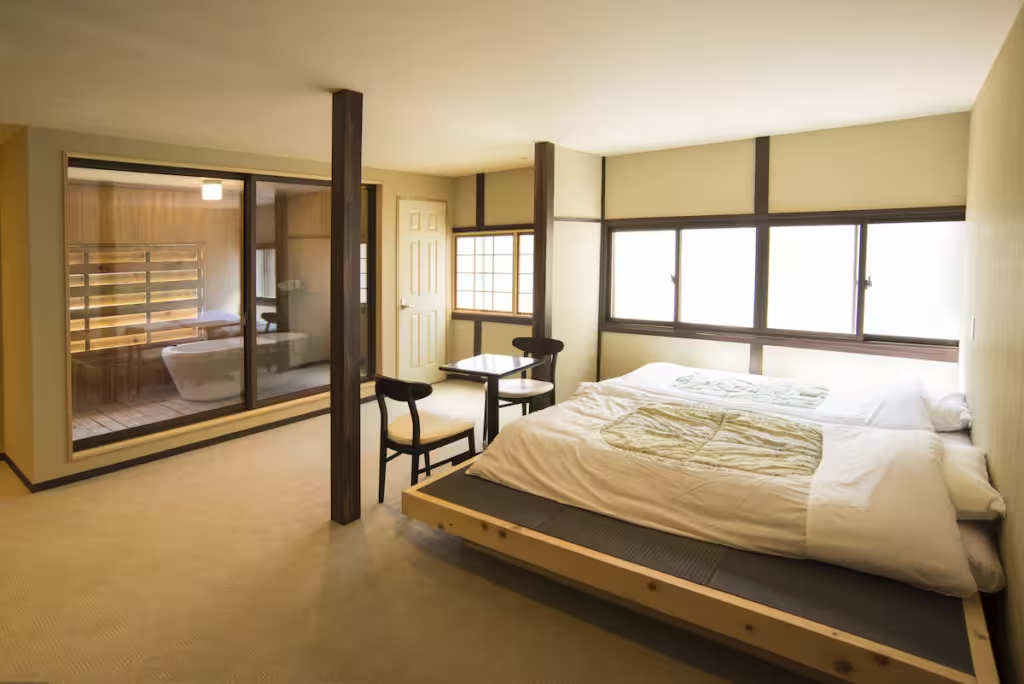
When choosing a location is is important to consider where it is in relation to the activities on your itinerary, especially in a prefecture such as Gunma with large mountain and rural areas.
How do I get to Gunma Prefecture?
The most convenient method to reach Gunma Prefecture is by train.
Hokuriku and Joetsu Shinkansen services from Tokyo stop at Takasaki Station. These services also link Gunma with Ishikawa, Niigata, Nagano and Saitama Prefectures.
While significantly slower than the shinkansen, the JR Shonan-Shinjuku Line and JR Takasaki Line also provides direct rail access between Takasaki and Tokyo.
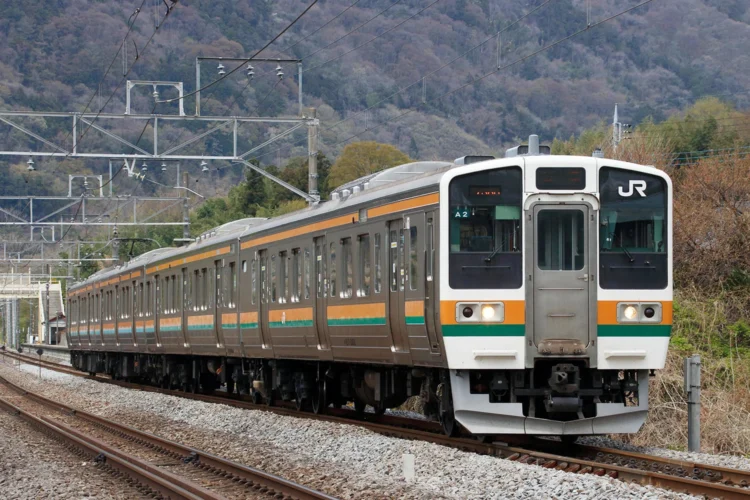
Maebashi and towns in eastern Gunma also connect to Asakusa in Tokyo via services operated by the Tobu railway company.
Public transport outside of the major urban areas in Gunma Prefecture is somewhat lacking and typically limited to bus services rather than train.
For this reason, Gunma has the largest level of car ownership in Japan and visitors may find it more convenient to rent a car for onwards travel within the prefecture.
No tags for this post.
